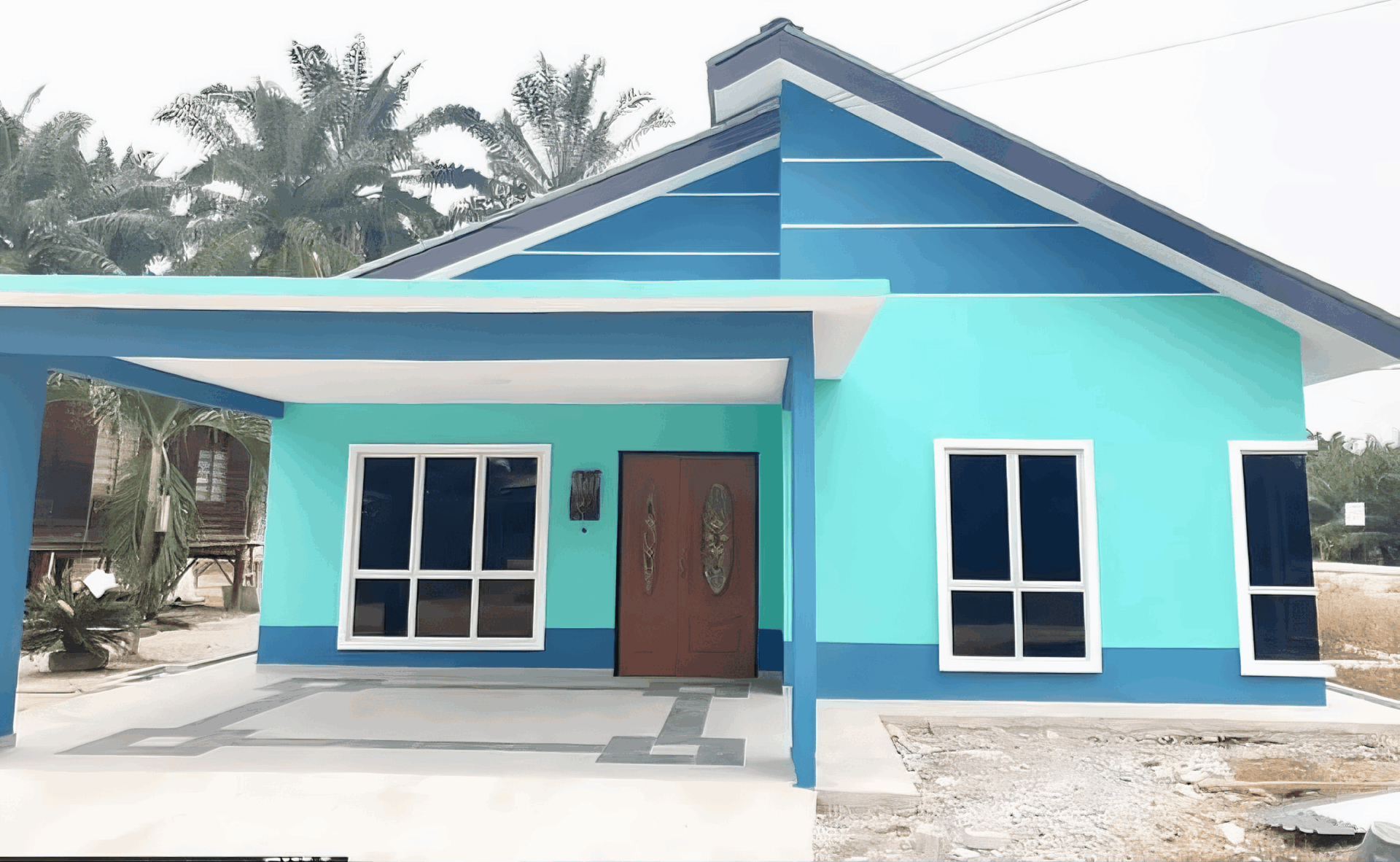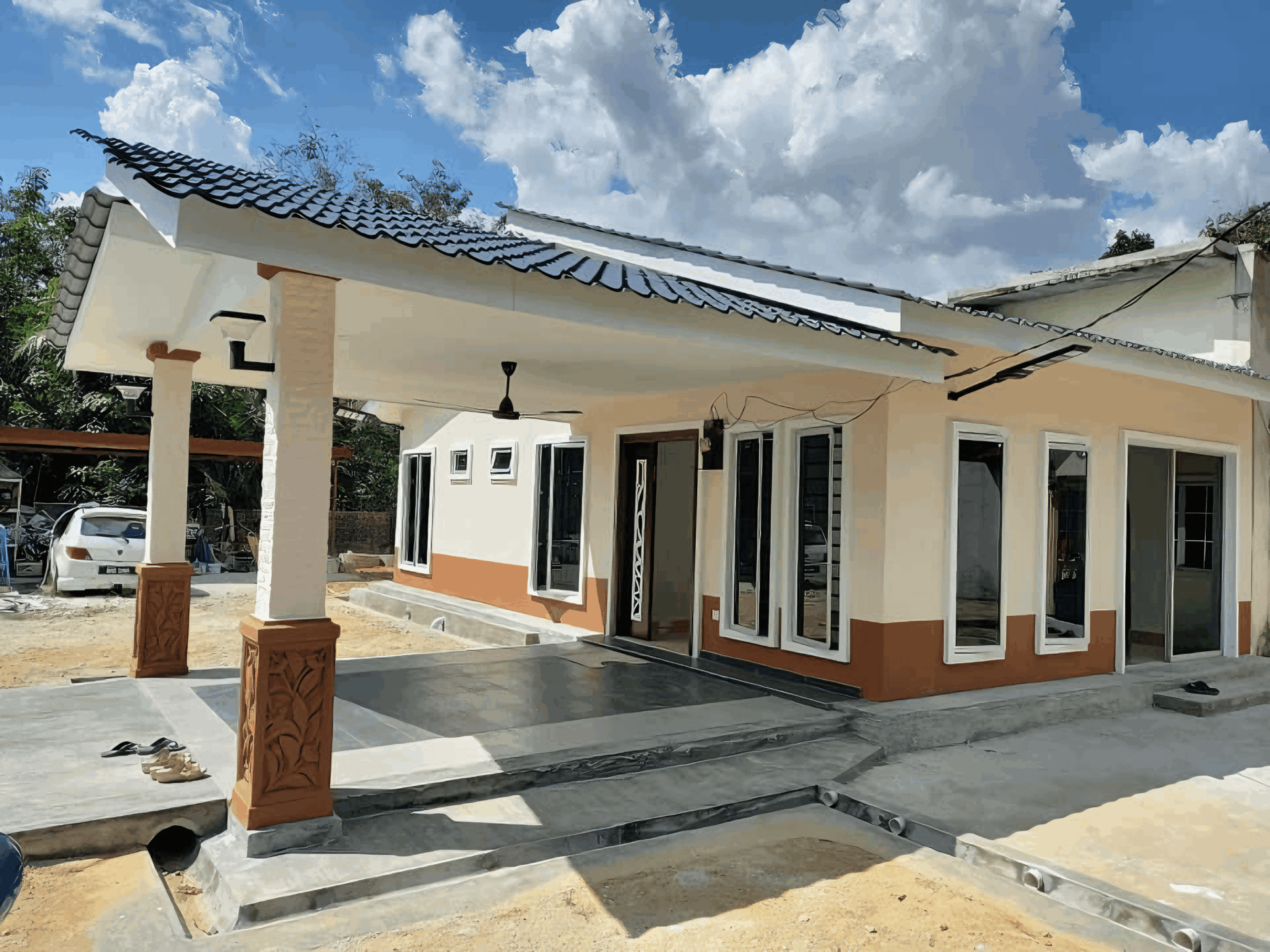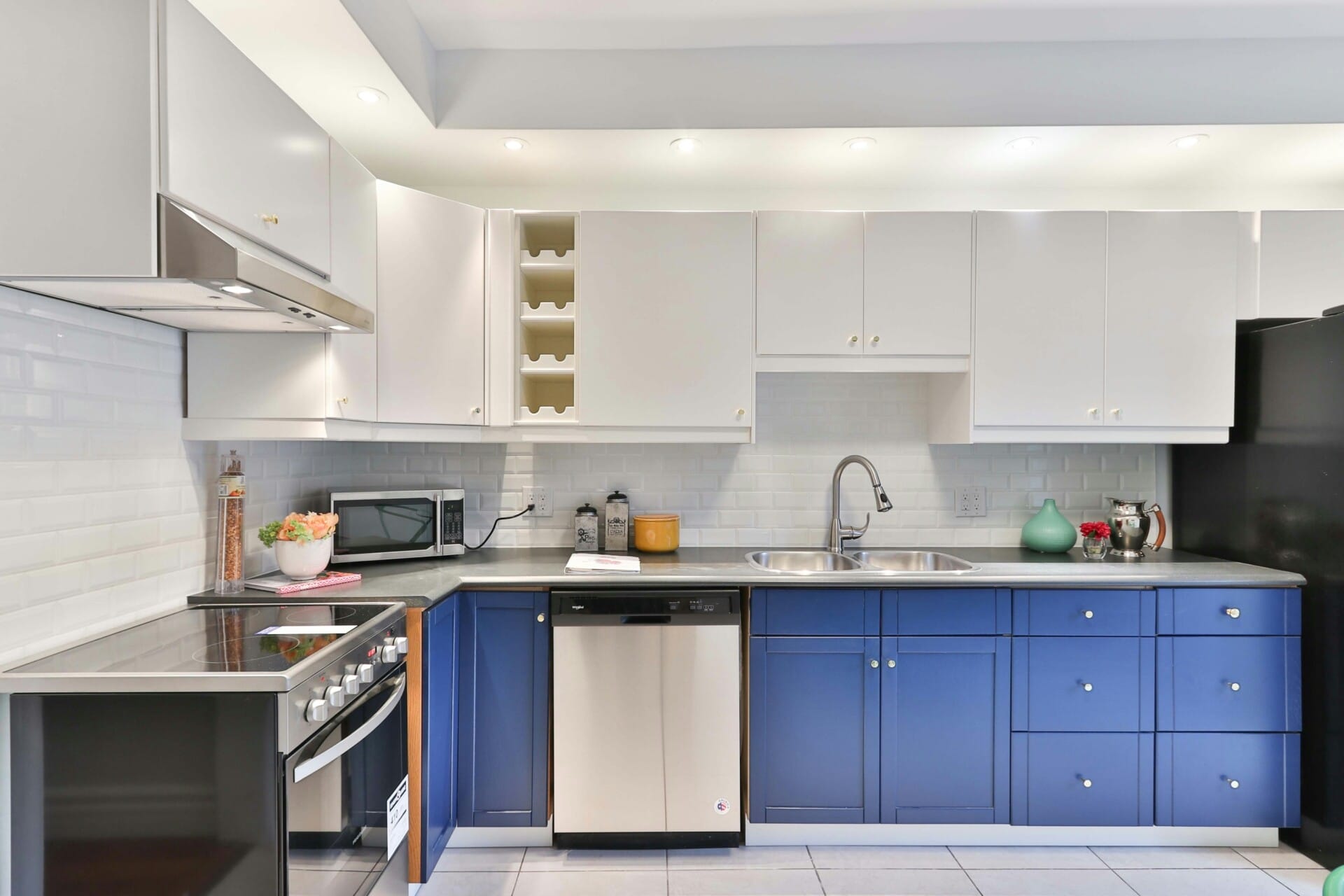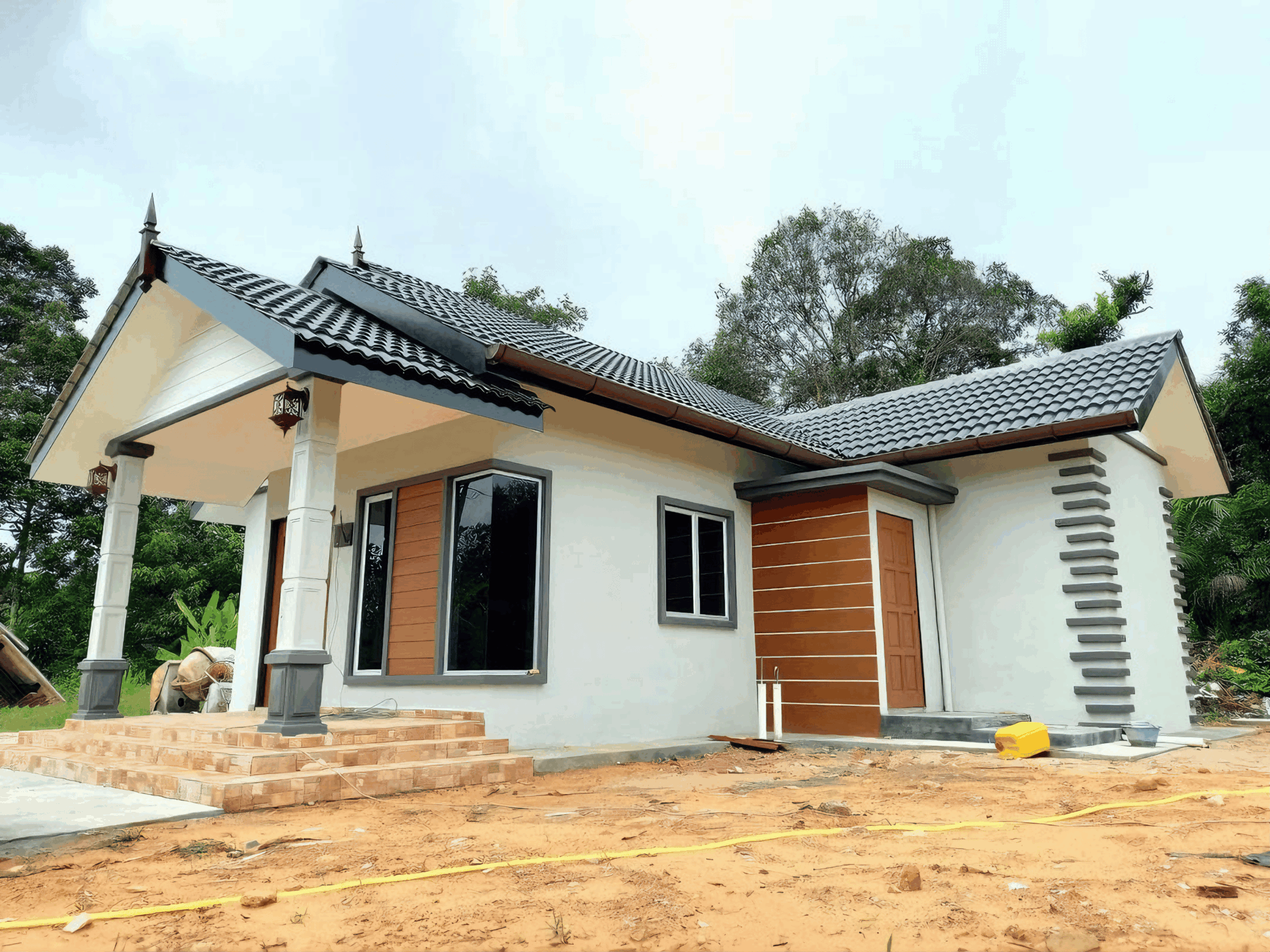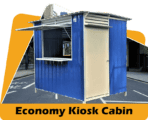How Malaysian Developers are Coping with Rising Costs & Challenges | RumahHQ

Hey there! If you’ve been keeping an eye on the property market lately, you might have noticed that it’s been a bit of a rollercoaster ride for Malaysian developers. With rising costs, supply chain hiccups, and shifting consumer demands, it’s no surprise that many are faced with some serious challenges. But don’t worry! Instead of throwing in the towel, developers across the country are getting creative and finding new ways to adapt. In this article, we’ll dive into how these innovators are coping with the heat while still delivering the dream homes and commercial spaces we all desire. So, let’s take a closer look at the strategies they’re using to navigate these choppy waters.
Navigating the Cost Spiral: A Landscape Overview
As Malaysian developers face an intricate web of rising costs and challenges, many are rethinking their strategies to stay afloat in a turbulent market. Material prices have soared, driven by global supply chain disruptions and increased demand for construction materials. This has led to a significant uptick in project budgets, forcing developers to either trim down on elements of their projects or find innovative solutions to cut costs without compromising quality. Some are even turning to local suppliers as a way to stabilize expenditure while also supporting the national economy.
In response to these challenges, developers are embracing sustainable practices that not only reduce costs in the long run but also cater to the growing demand for environmentally friendly living spaces. From incorporating energy-efficient technologies to utilizing recycled materials, many are finding that sustainability is not just an option but a necessity. Moreover, careful project management and innovative design solutions are helping to streamline processes, ensuring that timelines are met without compromising budget constraints.
| Strategy | Benefit |
|---|---|
| Local Sourcing | Reduces transportation costs & supports local economy |
| Energy Efficiency | Lowers utility bills & enhances property value |
| Project Management Software | Improves project tracking & minimizes delays |
Developers are also recognizing the need to foster strong relationships with contractors and stakeholders. By engaging in transparent communication, they can address issues proactively rather than reactively. Collaboration becomes crucial in mitigating risks associated with financial constraints and project delays. Ultimately, navigating this complex cost landscape requires adaptability, innovation, and a keen understanding of the market dynamics that influence not only profitability but also the future of Malaysian property development.
Innovative Strategies for Material Procurement
To tackle the complexities of rising costs in material procurement, Malaysian developers are embracing a variety of innovative approaches that keep them ahead of the game. One of the standout methods includes forming strategic partnerships with suppliers. These collaborations not only enhance trust but also lead to favorable pricing agreements, allowing developers to secure crucial materials at more competitive rates. Such relationships often involve long-term commitments, which provide stability and reduce the uncertainty that comes with fluctuating market prices.
Another interesting trend is the adoption of technology-driven solutions. Developers are increasingly using software that helps in predicting material needs and managing inventory more efficiently. This approach minimizes waste and optimizes ordering processes. Additionally, tools like cost analysis software allow developers to spot trends in pricing, anticipate potential hikes, and make informed purchasing decisions ahead of time, ensuring they stay within budget while still maintaining quality.
Moreover, a growing number of developers are exploring alternative materials as a means to offset costs. For instance, the use of recycled or locally sourced materials not only supports sustainability but often comes at a lower price point. Some developers are even experimenting with prefabricated construction techniques, which can reduce the amount of raw materials needed and lower labor costs. By keeping an eye on innovations within the industry and being open to new ideas, these developers are finding creative solutions to an ever-evolving market landscape.
Adopting Technology to Enhance Operational Efficiency
In today’s fast-paced world, integrating technology into operational processes has become more crucial than ever, especially for developers in Malaysia grappling with rising costs. By adopting smart solutions, companies can not only streamline operations but also enhance productivity significantly. For instance, utilizing project management software allows teams to collaborate efficiently, assign tasks, and track progress in real-time, ensuring that every project stays on schedule.
Furthermore, embracing automation technologies can drastically reduce manual labor and minimize human errors. Automated reporting tools and data analytics help developers gain insights into their projects without the hassle of endless spreadsheets. This not only saves time but also provides more precise projections, allowing for better budget management and resource allocation. A few impactful technologies that developers can consider include:
- Building Information Modeling (BIM) – Helps visualize projects in 3D, facilitating better planning and communication.
- Cloud-based Collaboration Tools – Promotes teamwork across various locations and devices.
- Internet of Things (IoT) – Enhances monitoring systems to predict maintenance issues before they escalate.
Moreover, the implementation of data-driven decision-making is another aspect worth mentioning. By analyzing previous projects, developers can identify patterns that lead to cost overruns or delays. To illustrate this, here’s a quick overview of how previous data impacted decision-making:
| Project Insights | Actions Taken |
|---|---|
| High delays in material delivery | Switched to local suppliers |
| Consistent budget overruns on specific projects | Revised budgeting model to include a buffer |
| Frequent resource shortages | Developed a comprehensive resource plan |
Sustainable Construction Practices as Cost Solutions
In the face of escalating costs, Malaysian developers are increasingly turning to sustainable construction practices as a savvy alternative. By adopting eco-friendly methods and materials, they can not only reduce waste and lower carbon footprints but also achieve significant savings. For instance, implementing energy-efficient systems during the build can drastically cut operating costs in the long run. This dual advantage of sustainability and cost-effectiveness makes it a win-win for developers and homeowners alike.
One of the most effective ways to integrate sustainability into construction is through the use of renewable resources and recycled materials. Many developers are opting for:
- Eco-friendly Concrete: Produced with less energy and often includes recycled aggregates.
- Green Insulation: Materials like cellulose or sheep’s wool that improve energy efficiency.
- Solar Panels: Reducing dependence on the grid and lowering energy bills.
These materials not only help in mitigating environmental impact but also provide a buffer against fluctuating raw material prices.
Furthermore, embracing a circular economy approach allows developers to minimize waste and create a more resilient model for the future. By focusing on construction techniques that allow for deconstruction rather than demolition, valuable materials can be reused, resulting in lower overall costs. Consider the following benefits of this approach:
| Benefit | Description |
|---|---|
| Reduced Waste | Less material sent to landfills leads to lower disposal fees. |
| Cost Savings | Reusing materials cuts down on purchasing new ones. |
| Enhanced Reputation | Projects that utilize sustainable practices attract eco-conscious buyers. |
Leveraging Government Support and Incentives
In the face of escalating costs, Malaysian property developers are turning their sights to government support programs that provide much-needed financial relief. These incentives are designed to stimulate growth within the industry, ensuring that building projects remain economically viable. From grants to tax exemptions, the government is actively encouraging developers to offset rising construction costs. By tapping into these resources, developers can realign their budgets and maintain momentum in their projects.
Moreover, collaboration with government agencies has opened pathways to innovative financing solutions. For example, initiatives such as public-private partnerships allow developers to share risks and resources while benefiting from governmental backing. Additionally, specific sectors, like affordable housing, often qualify for more generous incentives, creating an opportunity for developers to align their projects with national priorities. This synergy not only fosters a more sustainable approach but also strengthens community ties.
Here’s a snapshot of some of the key government incentives currently available to developers:
| Incentive Type | Description |
|---|---|
| Tax Relief | Reductions in corporate taxes for eligible projects. |
| Soft Loans | Low-interest loans to support property development. |
| Subsidies | Financial assistance for affordable housing initiatives. |
| Training Grants | Support for workforce training in the construction sector. |
By leveraging these supports, developers can not only navigate the challenges of rising costs but can also contribute positively to the community. The strategic use of government incentives can lead to innovative project designs and enhanced operational efficiency, ultimately benefiting the entire real estate ecosystem in Malaysia.
Building Resilience Through Collaborative Partnerships
In today’s competitive landscape, Malaysian developers are finding strength in teamwork. By forging collaborative partnerships, they are pooling resources and addressing the challenges of rising costs together. These alliances are not just about cost-sharing but also about leveraging each other’s strengths to come up with innovative solutions. In many cases, small and large developers alike have united, creating a network that allows them to tackle obstacles collectively rather than in isolation.
These partnerships foster a spirit of cooperation that is essential for sustainable growth. Some key benefits include:
- Resource Sharing: Developers can share materials and services, reducing individual costs.
- Knowledge Exchange: Collaborations allow developers to learn from each other’s experiences, leading to more informed decision-making.
- Increased Negotiating Power: As a collective, developers gain stronger leverage with suppliers and contractors.
The impact of these collaborations can be seen in various ongoing projects across the country. For instance, developers working on affordable housing have come together to negotiate better rates for materials, which has resulted in significant savings. Below is a snapshot of some successful partnerships:
| Partnership Name | Focus Area | Outcome |
|---|---|---|
| HomeBuild Alliance | Affordable Housing | 15% Cost Reduction |
| EcoFuture Group | Sustainable Development | Innovative Green Materials |
| Urban Connect | Urban Revitalization | Enhanced Community Engagement |
Financing Solutions to Mitigate Economic Pressures
In the face of soaring costs and economic uncertainty, Malaysian developers are exploring a range of financing solutions to stay afloat. One effective approach involves collaborating with financial institutions to secure favorable loan terms. Developers are actively seeking partnerships with banks that offer competitive interest rates and flexible repayment plans. By doing this, they can manage cash flow more efficiently and reduce financial strain during challenging times.
Another strategy involves leveraging government grants and incentives. The Malaysian government has implemented various programs aimed at supporting the construction sector, especially for affordable housing projects. Developers are encouraged to tap into these resources, which can significantly offset project costs. In addition, initiatives such as the Malaysia My Second Home program can attract foreign buyers and investors, providing an additional revenue stream that developers can utilize to fund their projects.
the importance of cost-cutting measures cannot be overstated. Developers are increasingly adopting innovative construction technologies that not only enhance efficiency but also lower expenses. By utilizing prefabricated materials and optimizing project timelines, they can mitigate some of the escalating costs associated with traditional building methods. Here’s a quick overview of some actionable cost-cutting strategies:
| Strategy | Description |
|---|---|
| Energy Efficiency | Implement technologies that reduce energy usage in buildings. |
| Outsourcing | Engage specialized contractors for specific tasks. |
| Bulk Purchasing | Buy materials in bulk to secure discounts. |
Future-Proofing Developments: Insights and Recommendations
To navigate the complexities of rising costs in property development, it’s crucial to embrace innovative practices that ensure sustainability and growth. Developers can focus on integrated project management techniques that streamline processes and facilitate better communication among stakeholders. This helps reduce delays and unexpected expenditures, ultimately leading to more controlled budget management. Additionally, incorporating green building practices not only addresses environmental concerns but also appeals to an increasingly eco-conscious market.
Implementing technology can significantly bolster a developer’s capacity to adapt. Tools such as Building Information Modeling (BIM) and project management software enable real-time tracking of costs and resource allocation. These technologies can help identify potential budget overruns before they escalate. Moreover, embracing automation and smart home technologies can enhance property appeal and marketability, offering buyers more value and functionality. Developers should also consider establishing strong partnerships with suppliers to lock in prices for essential materials, reducing vulnerability to cost spikes.
understanding market demands and trends plays a crucial role in future-proofing developments. Developers should engage in continuous market research to identify shifting preferences among potential buyers. Offering flexible living spaces and amenities that cater to remote working trends can be a game-changer. A few focus points could be:
- Mixed-use developments that combine residential, commercial, and recreational spaces.
- Affordable housing options that meet the needs of first-time buyers.
- Investment in community spaces that foster a sense of belonging.
By implementing these insights, Malaysian developers can not only mitigate the effects of rising costs but also build a resilient foundation for future projects.
To Conclude
So there you have it! Malaysian developers are really stepping up to the plate and finding ways to navigate the choppy waters of rising costs and challenges. From creative budgeting to innovative construction techniques, it’s pretty inspiring to see how the industry is adapting. Sure, it’s not all rainbows and butterflies, but the resilience and resourcefulness being shown is a testament to our local talent.
As we move forward, it’ll be interesting to watch how these changes shape the future of our built environment. Perhaps the obstacles faced today will pave the way for more sustainable and efficient practices tomorrow. So, whether you’re in the property game or just keeping an eye on the market, there’s a lot to look forward to.
Thanks for tagging along on this journey into the world of Malaysian development! Let’s keep rooting for our talented developers as they turn challenges into opportunities. Until next time, stay curious!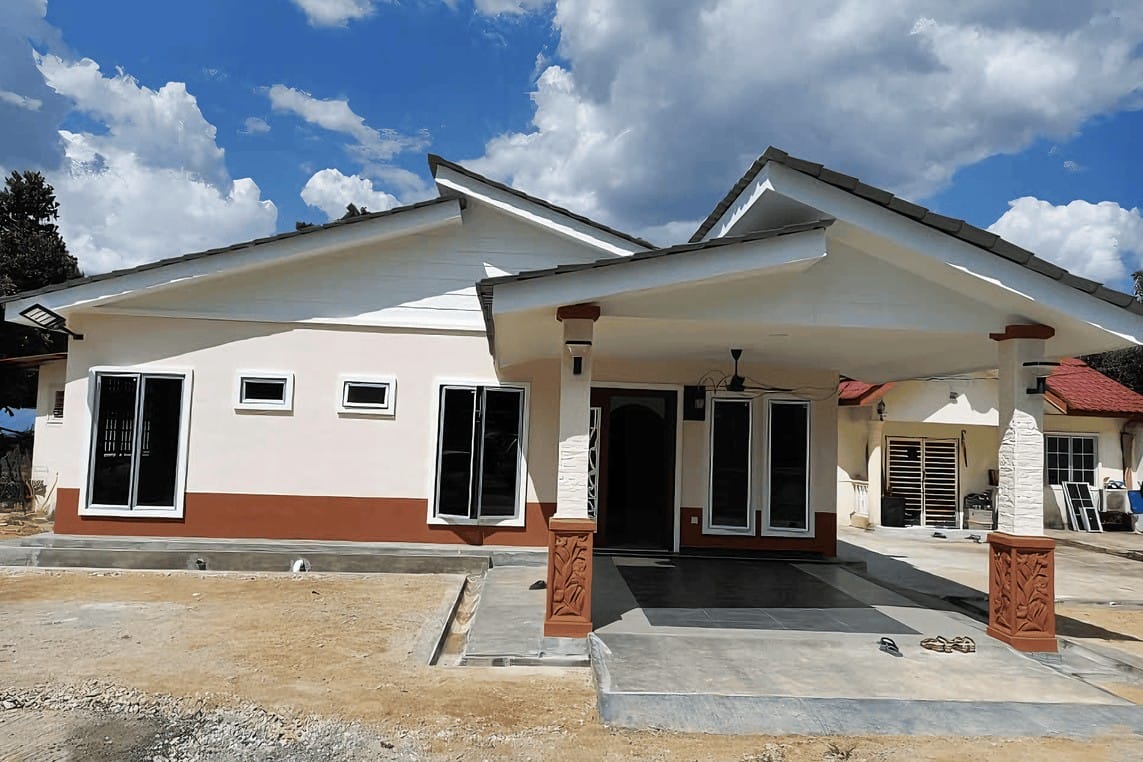
kontraktor rumah
bina rumah
pinjaman lppsa
pengeluaran kwsp
spesifikasi rumah
rumah batu-bata
pelan rumah
rekabentuk rumah
bina rumah atas tanah sendiri
kontraktor rumah selangor
rumah banglo
Source link

